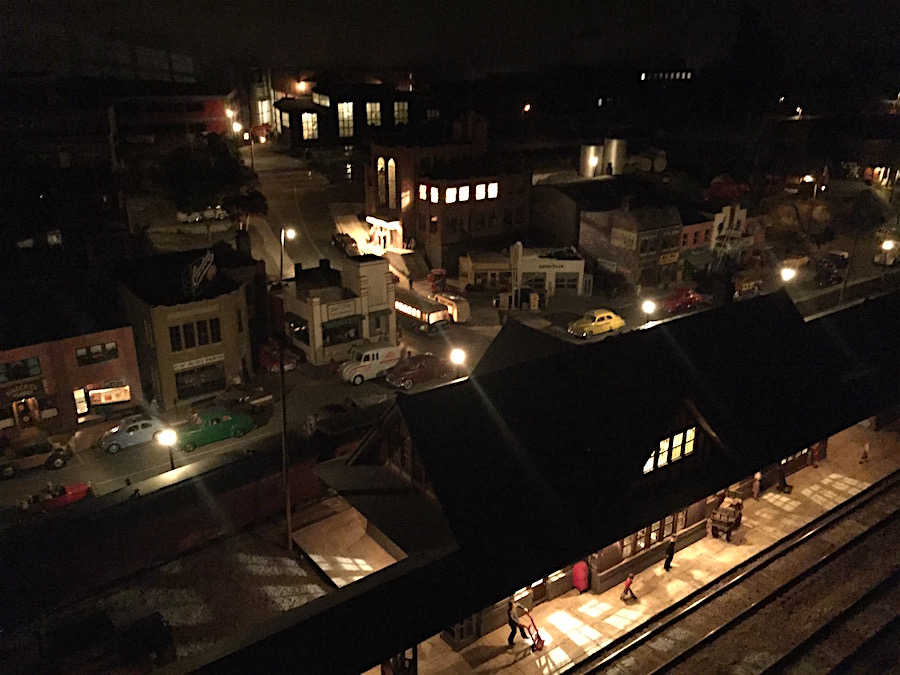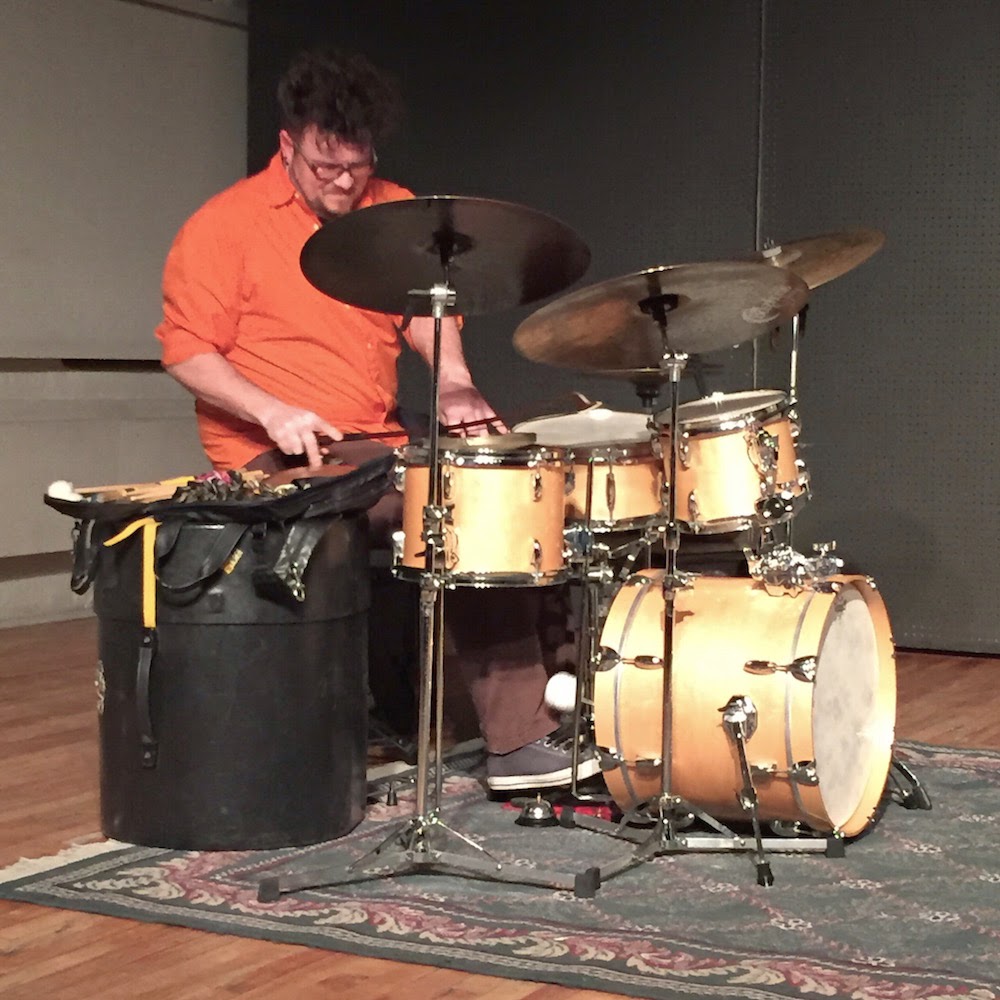We’re pausing to reflect, and looking back, 2023 was a year of major transition.
- We created Cycling Guide Foundation to be a permanent and sustainable home for our free Cycling Guide mobile app.
- We launched the app in Apple’s App Store and in Google Play, with geographic coverage in Waterloo Region and Guelph, Ontario.
- We released new versions of the app, addressing issues and adding small improvements.
- We built relationships with cycling advocacy groups across Canada.
While it’s always easy to wish we had accomplished more, it’s important to recognize progress and milestones. Getting Cycling Guide into the hands of more cyclists is an achievement that we’re proud of. And the feedback that we’ve received from people is gratifying. For example:
“I use it often. Anything to avoid the roads these days.”
“I used this app yesterday to find my way to downtown Waterloo from where I live in Inverhaugh. It was excellent routing me through the dedicated paths and shared roads!”
“I’m always on the lookout for safer and smoother routes to ride for my commute, as well as lovely casual rides!”
“I really like the explore options to see new loops close to me.”
“I’m loving your App! I use it often! I very much appreciate the Cycling Guide.”
The relationships that we’ve been building behind the scenes are crucial to our goal of expanding Cycling Guide coverage to more areas. People who advocate for cycling in particular and active transportation in general are working to improve the world. And we love working with them. We’re excited about our progress, and will share more in the new year.
It may be winter here where we live and work (though there’s little snow to show for it at the moment), but we’re still thinking about cycling and how we can make it easier for folks to ride as a part of their daily lives.
See you next year!
This post was originally published on the Cycling Guide Foundation site.











